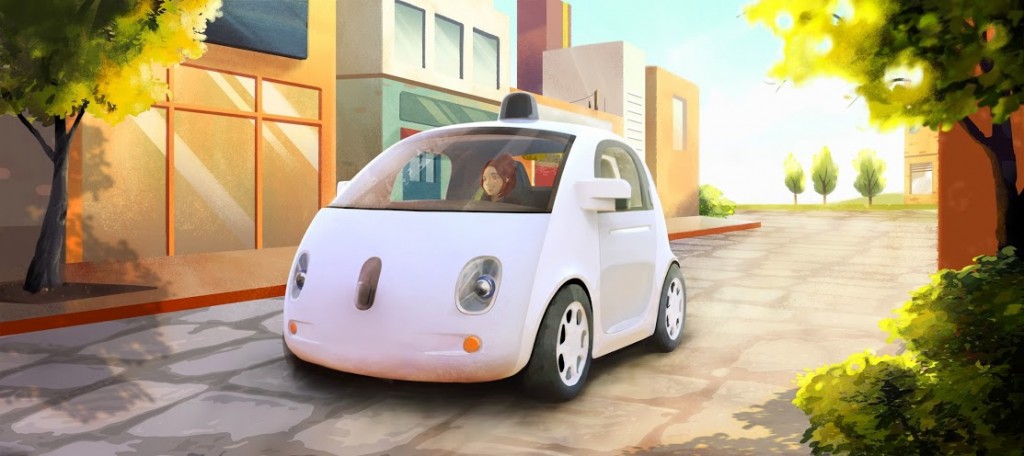Seven years ago, dozens of professional stunt drivers in identical Ford Tauruses drove for hours through a ghostly and abandoned suburban California subdivision of one-story stucco homes, curving roads, and cul-de-sacs.
On the roads with them were 11 self-driving vehicles, from a battered 11-year-old Subaru wagon to a gigantic Oshkosh off-road pickup truck on chest-high tires, piloting themselves autonomously while working out on the fly how to get to destinations entered into their GPS systems just before setting out.
DON'T MISS: Google's Electric, Autonomous Test Car Looks Happy, Has No Steering Wheel

Chevrolet Boss Tahoe
The surreal setting was the final competition of the DARPA Urban Challenge, held at the former George Air Force Base in California's high desert. And the "suburb" was the former officer's housing, soon to be replaced by industrial buildings for the logistics airport on the site.
The winner of that event was a Chevrolet Tahoe named "Boss," prepared by Carnegie-Mellon University and GM, which narrowly beat a Volkswagen Passat wagon named "Junior" from Stanford University, with the assistance of VW.
Now, a purpose-built simulated town and suburb for that very same purpose--testing autonomous vehicles--is to open this fall on 32 acres at the University of Michigan's North Campus in Ann Arbor, Michigan.

Traffic light
The Mobility Transformation Facility will include straight and curving roads of asphalt and concrete, including traffic signs, stoplights, merge lanes, traffic circles, a railroad crossing, sidewalks, and streetlights.
Facades of roadside buildings will simulate the visual environment, and construction barrels and orange signs will simulate road work. There will even, ultimately, be a "mechanical pedestrian" who may not only walk on the sidewalks but perhaps dash into traffic.
ALSO SEE: How Google's Self-Driving Car Works
The first car to use its roads will be an automated Ford Fusion Hybrid. Its maker is careful to highlight that it envisions "a future in which humans stay behind the wheel and automated technologies enhance their abilities," although other parties go further, with the goal of removing the piloting task entirely from today's "driver."
The university calls it a "transportation experiment," and it's funded jointly by local and regional governments, major automakers, and the university's college of engineering.
The goal is to make Michigan--still the home of three out of four U.S. automakers--the North American hub for research into self-driving and connected car technology.

Google Self-Driving Car Prototype
Despite limited permissions for on-road testing in states like California and Nevada, the concern among all parties is clear: How do you test these vehicles while keeping people and property around them safe?
In the case of the DARPA Urban Challenge, observers, team members, officials, and journalists were confined behind triple rows of concrete "Jersey Barriers" and camera equipment was suspended on long booms above the traffic to prevent errant robot cars from knocking it over.
MORE: Self-Driving Tesla Electric Cars Coming, Courtesy Of Google?
In the event, none of the prototypes that ran in the final DARPA event crashed into each other, although one got lost and nosed up to the porch of an abandoned house before simply stopping.
Groundbreaking for the University of Michigan facility took place last month, and it is expected to open this fall, at a "multimillion-dollar" cost.
_______________________________________________













